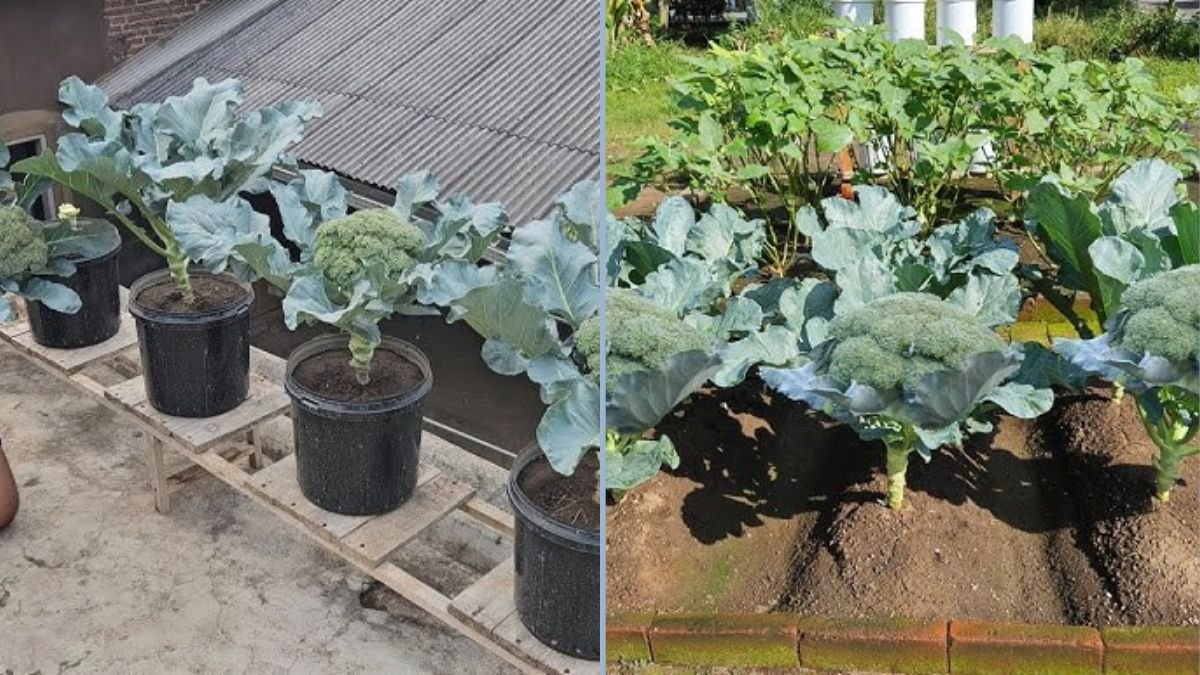Broccoli is a nutritious, versatile, and rewarding vegetable to grow in your garden. With its rich vitamin and mineral content, it’s no wonder gardeners want a continuous supply rather than a single harvest. The key to multiple broccoli harvests lies in proper planting, care, and harvesting techniques. In this guide, we’ll walk you step-by-step through how to plant broccoli so you can enjoy repeated harvests throughout the growing season.
Why Broccoli Can Be Harvested Multiple Times
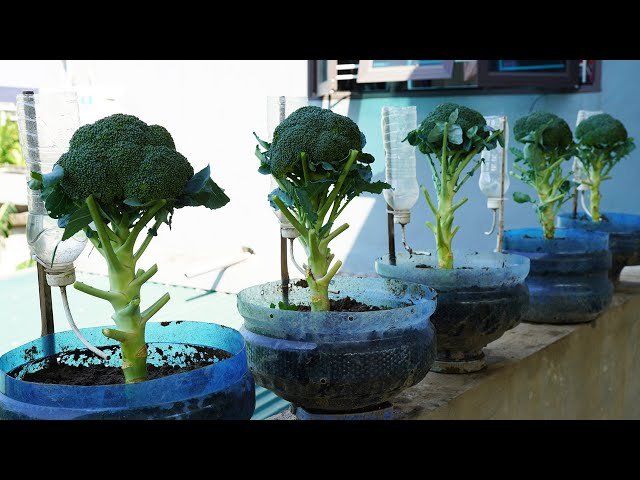
Broccoli belongs to the Brassica family, which also includes cauliflower, cabbage, and kale. Unlike some vegetables that produce once and then die, broccoli can produce several heads if harvested correctly and given proper care.
- Main head vs. side shoots: Most broccoli varieties produce a large central head first, followed by smaller side shoots after the main harvest. By encouraging these side shoots, gardeners can extend the harvest.
- Perennial-like behavior in some varieties: While broccoli is typically grown as an annual, certain varieties are more prolific and can be harvested multiple times with proper pruning and care.
Understanding the plant’s growth pattern is crucial for maximizing yields and ensuring a consistent supply.
Step 1: Selecting the Right Broccoli Variety
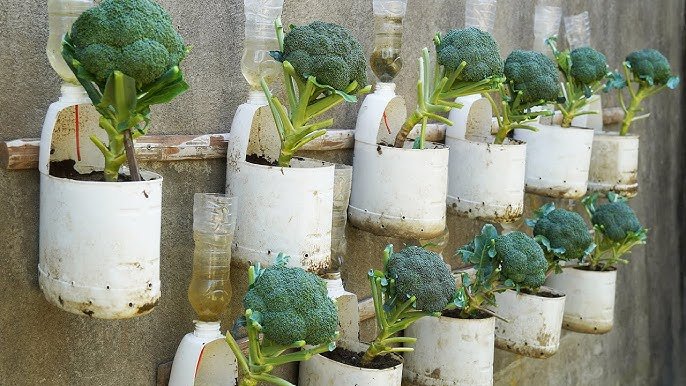
The first step in achieving multiple harvests is choosing the right variety. Some varieties are better suited for repeated harvesting:
- Calabrese broccoli: Traditional variety producing one main head with abundant side shoots.
- Sprouting broccoli: Produces numerous small heads that can be harvested over several weeks.
- Green Magic or Packman: Compact varieties that produce a central head followed by side shoots.
Select seeds or seedlings based on your climate, growing space, and desired harvest style. Sprouting varieties are especially ideal for gardeners seeking continuous yields.
Step 2: Preparing the Soil
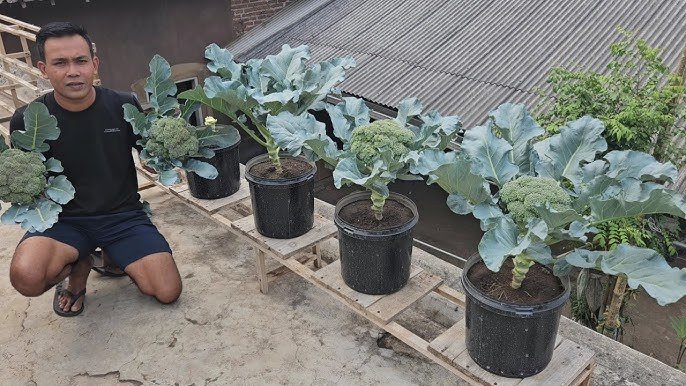
Broccoli thrives in nutrient-rich, well-draining soil. Proper soil preparation sets the foundation for multiple harvests:
- Choose a sunny location: Broccoli needs at least 6–8 hours of direct sunlight daily.
- Soil pH: Broccoli prefers slightly acidic to neutral soil, ideally between 6.0–7.0.
- Amend the soil: Add compost or well-rotted manure to improve fertility.
- Soil structure: Broccoli prefers loamy, friable soil that retains moisture but drains well.
Healthy soil not only encourages strong main heads but also supports the growth of side shoots for multiple harvests.
Step 3: Planting Broccoli
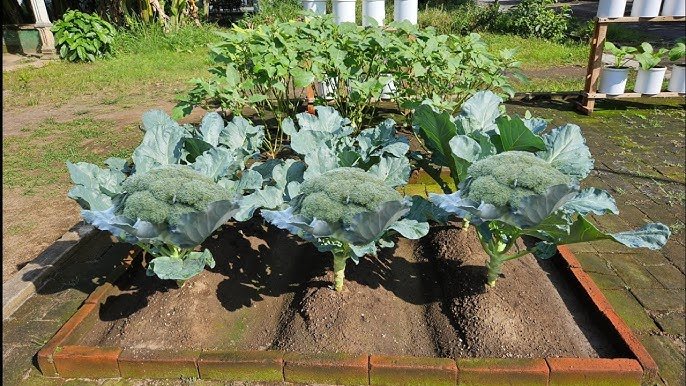
Timing and spacing are crucial for repeated harvests:
- Planting seeds: Start seeds indoors 6–8 weeks before the last frost date. Sow seeds about 1–2 cm deep in seed trays. Keep soil moist and warm until germination occurs, typically 5–10 days.
- Transplanting seedlings: Move seedlings to the garden when they are 4–6 weeks old and have at least 4 true leaves.
- Spacing: Plant broccoli 45–60 cm apart in rows spaced 60–75 cm apart. Adequate spacing allows air circulation and reduces competition for nutrients, ensuring robust side shoot production.
For successive planting, stagger your sowing dates every 2–3 weeks to maintain continuous harvests throughout the growing season.
Step 4: Watering and Fertilization
Consistent care is essential for repeated broccoli harvests:
- Watering: Broccoli prefers steady moisture. Water deeply once or twice a week, adjusting based on rainfall and temperature. Avoid letting the soil dry out, as this can reduce head size and side shoot production.
- Fertilization: Feed the plants with a balanced fertilizer rich in nitrogen for leafy growth, phosphorus for root development, and potassium for overall plant health. Fertilize every 3–4 weeks during the growing season.
- Mulching: Apply organic mulch around the base of plants to conserve moisture, regulate temperature, and reduce weed competition.
Healthy, well-nourished plants are more likely to produce large central heads and abundant side shoots for multiple harvests.
Step 5: Harvesting Broccoli
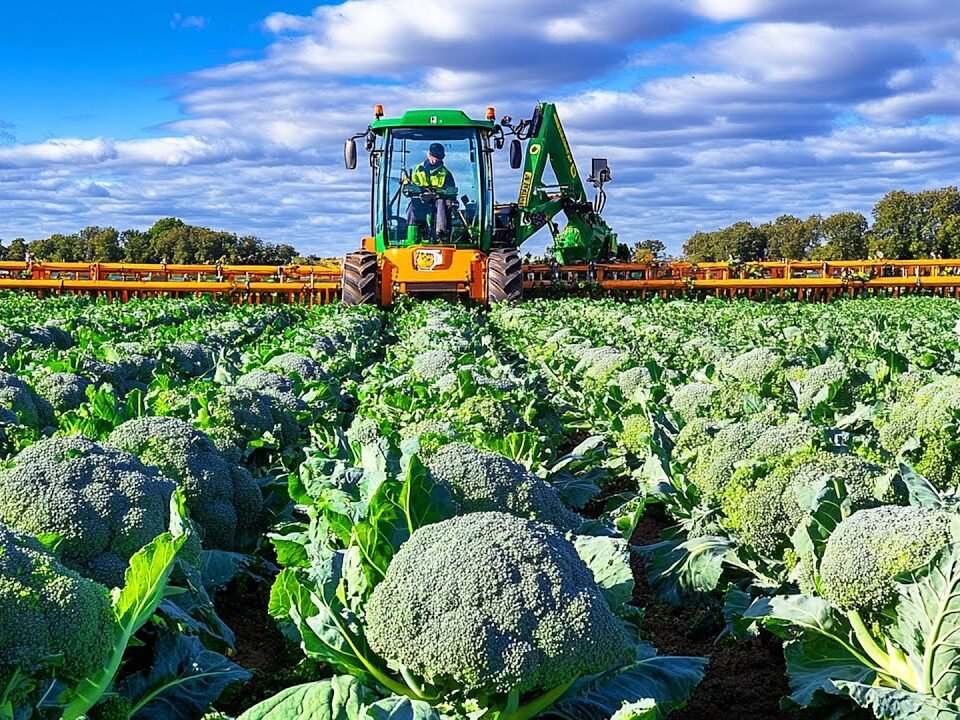
Proper harvesting techniques are the key to repeated yields:
- Main head harvest: Wait until the central head is firm, tight, and fully developed but before the flower buds start to open. Cut the main head with a sharp knife, leaving 15–20 cm of stem attached.
- Side shoot production: After harvesting the main head, the plant will continue to grow smaller lateral shoots along the stem. These side shoots can be harvested continuously over several weeks.
- Regular picking: Remove side shoots regularly to encourage more production and prevent bolting.
By following these techniques, one plant can produce multiple harvests, extending your supply of fresh broccoli.
Step 6: Controlling Pests and Diseases
Broccoli is susceptible to various pests and diseases that can impact repeated harvests:
- Cabbage worms: Handpick or use floating row covers to protect plants.
- Aphids: Spray with insecticidal soap or neem oil to prevent infestations.
- Fungal diseases: Ensure proper spacing and avoid overhead watering to reduce leaf wetness. Remove infected leaves promptly.
- Cutworms: Use collars around seedlings to protect stems from being chewed at the base.
Preventive care is more effective than treatment after damage, ensuring plants remain productive for multiple harvests.
Step 7: Encouraging Side Shoots for Continuous Harvest
To maximize the number of harvests from each broccoli plant:
- Cut above a leaf node: After harvesting the main head, leave 1–2 inches of stem above the first leaf node. This encourages lateral shoots to grow.
- Regular fertilization: Side shoots need nutrients to develop properly. Maintain feeding and water schedules.
- Remove flowers promptly: If the plant begins to flower, pinch off the blossoms to redirect energy into side shoot growth.
With proper care, side shoots can continue to provide fresh broccoli for weeks, sometimes even months, after the main head is harvested.
Step 8: Extending the Growing Season
Broccoli prefers cooler temperatures and can be sensitive to heat, which limits side shoot growth. To extend the growing season:
- Use row covers: Protect plants from frost in early spring or late fall.
- Provide shade during heat waves: Use shade cloth to prevent bolting during hot periods.
- Choose heat-tolerant varieties: Certain varieties tolerate warmer temperatures and continue producing side shoots.
By managing temperature and sunlight exposure, you can prolong the harvest period and enjoy broccoli over a longer timeframe.
Step 9: Companion Planting for Healthier Plants
Certain companion plants can boost broccoli growth and protect against pests:
- Herbs: Dill, rosemary, and sage repel common pests.
- Flowers: Marigolds and nasturtiums attract beneficial insects and deter harmful pests.
- Legumes: Beans and peas fix nitrogen in the soil, improving fertility and boosting side shoot production.
Strategic planting improves plant health, reduces pest pressure, and enhances multiple harvests.
Step 10: Tips for Maximizing Yield
- Succession planting: Sow seeds every 2–3 weeks for a continuous supply.
- Monitor for stress: Heat, drought, or nutrient deficiencies can reduce side shoot production.
- Prune strategically: Remove older, yellowing leaves to redirect energy to new growth.
- Rotate crops: Avoid planting broccoli in the same location year after year to prevent soil-borne diseases.
By combining these strategies, gardeners can optimize yields and enjoy fresh broccoli throughout the season.
Conclusion
Planting broccoli for multiple harvests is not only possible—it’s a highly rewarding gardening strategy. By selecting the right variety, preparing nutrient-rich soil, spacing plants correctly, and using proper watering, fertilization, and pruning techniques, you can transform a single broccoli plant into a continuous source of fresh, delicious vegetables.
Side shoots are the secret to extended harvests, and with consistent care, your garden can supply broccoli for weeks or even months beyond the first main head. Preventing pests, managing temperature, and providing regular nutrients ensure that your plants remain healthy and productive throughout the growing season.
Whether you’re a beginner gardener or a seasoned grower, mastering the art of multiple broccoli harvests adds both efficiency and satisfaction to your gardening experience. Start today, and enjoy a garden that keeps giving, one harvest at a time.
